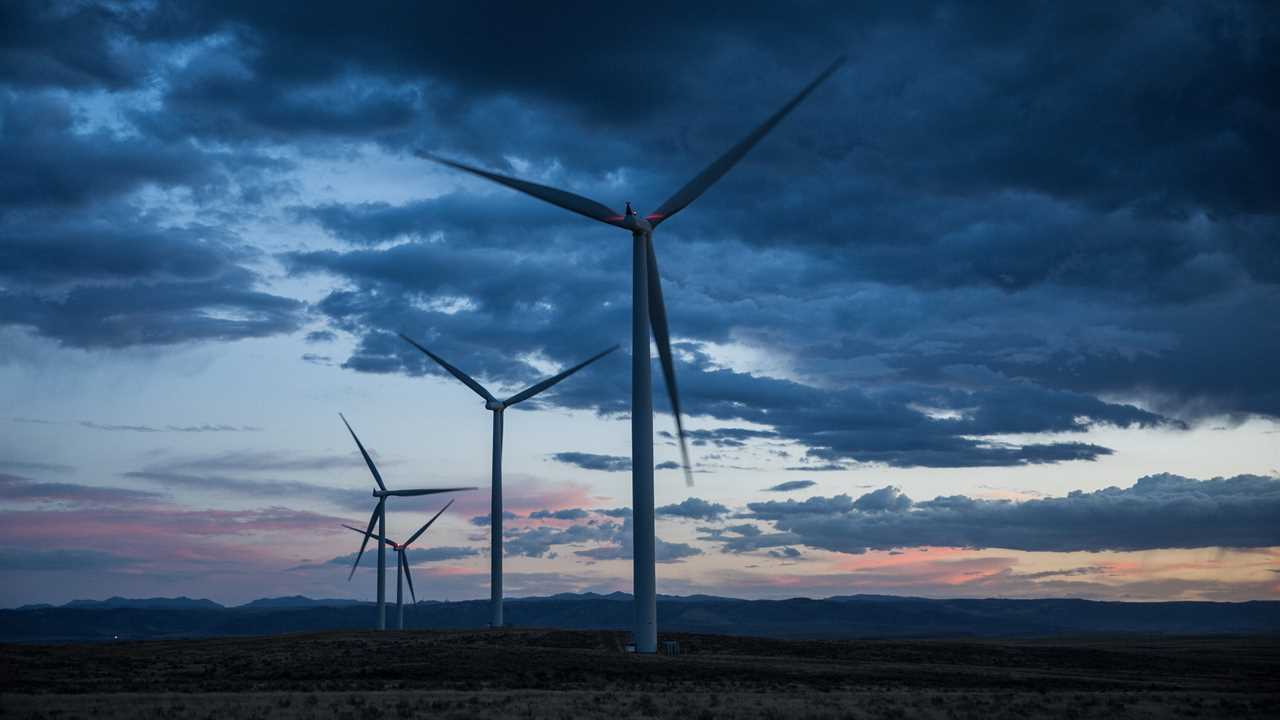
The Energy Department on Wednesday announced a new effort to tackle one of the toughest technical challenges facing President Biden’s push for an electric grid dominated by solar and wind power — namely, what to do when the sun stops shining and the wind stops blowing.
The government is chasing a promising but uncertain solution: a low-cost way to store electricity generated by the sun or wind for hours, days or even weeks at a time, saving it for when it’s most needed. That goes far beyond what current batteries can do. While dozens of companies are working on different ideas for so-called “long-duration energy storage,” most are still too expensive to be practical.
As part of its initiative, the Energy Department wants to drive down the cost of long-duration storage 90 percent below the cost of today’s lithium-ion batteries by 2030. The agency will direct experts at its national labs to focus on improving such technologies while it seeks funding from Congress for early demonstration projects.
The announcement is part of the agency’s Energy Earthshots Initiative, which aims to accelerate the deployment of nascent technologies to fight climate change. The program is an acknowledgment that the United States has not yet fully developed all the technologies it needs to meet Mr. Biden’s goal of zeroing out the nation’s planet warming emissions by 2050.
Mr. Biden is counting on increasingly cheap solar and wind power to meet his goal of having the United States get 100 percent of its electricity from power plants that do not emit carbon dioxide by 2035. The White House is currently trying to persuade Congress to enact a clean electricity standard that would require utilities nationwide to meet that target.
The electricity sector is responsible for one-quarter of greenhouse gas emissions in the United States, with roughly 60 percent of electricity still generated by burning fossil fuels, mostly natural gas and coal. The Biden administration sees curbing electricity emissions as central to its climate plans, since it is also trying to convince Americans to buy more electric cars and heat pumps that will plug into the grid.
But cleaning up the power sector will require more than just new laws, experts said. It also poses major technological challenges.






